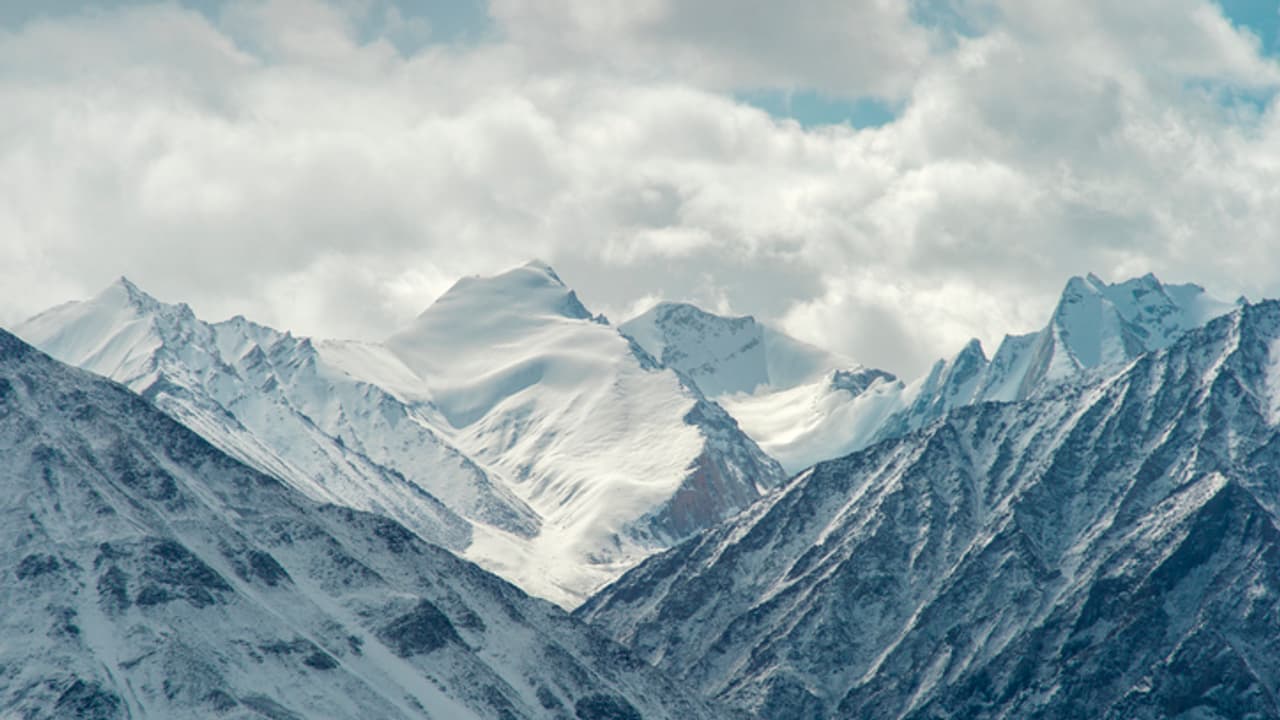A new study reveals how urbanization in the Himalayas is causing extreme weather. Learn why cities in Uttarakhand now face intense rainfall and longer dry spells.
For a long time, the Himalayas were thought to be a safe haven from the effects of modern development. However, this perception is changing. As towns and cities in the foothills of the Himalayas grow and become more like large urban areas in the plains, they are starting to alter local weather patterns in ways that were not fully understood, until now.
A new study reveals that as urbanisation increases in the Indian Himalayan state of Uttarakhand, rainfall extremes, such as heavy downpours and prolonged dry spells, are becoming more frequent and intense.
A Changing Climate in the Mountains
Uttarakhand, once known for its forests and farming communities, has undergone significant changes over the last 30 years. Rapid urban growth, expansion of industries, and a rise in tourism have all contributed to altering its natural landscape.
This new research, led by Dr Sumanta Das from the School of Environment and Disaster Management at Ramakrishna Mission Vivekananda Educational and Research Institute (RKMVERI), was conducted in collaboration with scientists from The University of Queensland (Australia), the UK’s Met Office Hadley Centre, and India’s University of Petroleum and Energy Studies.
The aim of the research was to understand how human activities are affecting rainfall patterns in this sensitive mountain region. The study, published in the journal Earth Systems and Environment, used advanced computer models and data analysis to examine 40 years of rainfall records across all districts of Uttarakhand, from 1984 to 2023.
Using Data and AI to Study Rainfall
The team used traditional statistical methods along with machine learning to identify long-term changes and predict extreme rainfall events. They applied well-established techniques such as the Mann-Kendall and Sen’s slope tests to track trends over time and modern AI models such as Random Forest and Support Vector Machines to detect patterns and make predictions.
This approach helped them accomplish three key tasks:
1. Understand historical and future rainfall patterns using a new mix of statistics and AI.
2. Map rainfall trends district by district, comparing urban areas like Dehradun and Haridwar with rural areas like Tehri Garhwal.
3. Measure long wet or dry periods using global climate indicators such as Consecutive Wet Days (CWD) and Consecutive Dry Days (CDD).
More Rain, But Also More Dry Spells
The results showed a surprising pattern: cities are now experiencing more intense rainfall and longer dry periods than rural areas. For instance, Haridwar and Dehradun had an average rainfall of 377.64 mm and 158.4 mm respectively, much higher than less urbanised areas like Tehri Garhwal, which recorded only 116.18 mm.
Dehradun saw a strong increase in rainfall. However, it also faced up to 81 consecutive dry days in 2022, followed by exceptionally long wet spells in the following year.
This combination of droughts followed by heavy rain is what the researchers refer to as “climate duality.” It creates serious challenges for water management, flood prediction, and disaster preparedness in rapidly urbanising mountain areas.
What’s Causing These Changes?
The study found that local weather conditions, especially humidity, dew point temperature, and surface air pressure, play a major role in influencing rainfall patterns. These factors can act as early warning signs for extreme weather events.
Machine learning models confirmed the trends. The Random Forest model predicted extreme rain events with nearly 80% accuracy. It performed best in highly developed districts like Udham Singh Nagar.
Why This Matters Beyond the Himalayas
Although the research focused on Uttarakhand, its findings have global implications. The results support warnings from the Intergovernmental Panel on Climate Change (IPCC) that extreme weather events are becoming more common due to global warming. However, this study goes further, showing that local urban development can make these problems even worse.
What Can Be Done?
The research provides valuable insights for climate policy. It supports India’s National Action Plan on Climate Change and contributes to global goals like Sustainable Development Goal 6 (Clean Water) and Goal 13 (Climate Action).
The findings could help improve flood warnings, design climate-resilient infrastructure, and guide sustainable development in mountain cities, where the balance between growth and environmental fragility is delicate.
